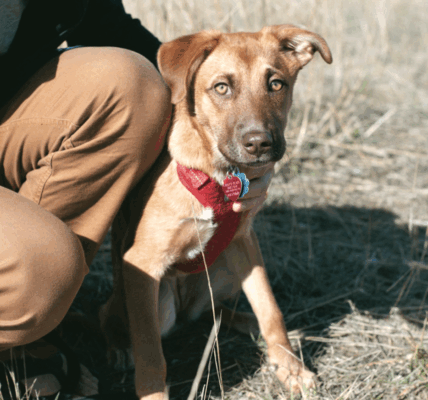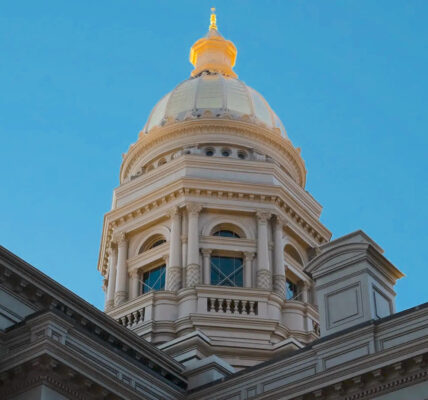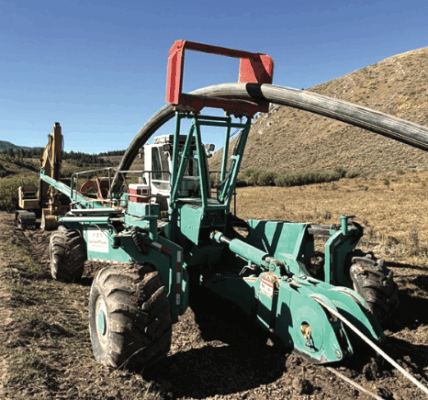Wyoming Game and Fish Department revamps State Wildlife Action Plan
• A collaborative approach to wildlife conservation in Wyoming
The Wyoming Game and Fish Department has launched the revision process for Wyoming’s State Wildlife Action Plan (SWAP), a critical document updated every decade to help conserve the state’s at-risk species and habitats. Input from the public is being sought on the effectiveness of the current 2017 plan, with comments accepted until June 6, 2025.
Each state is required to develop a SWAP as part of a national strategy aimed at protecting vulnerable species and ecosystems. These plans are crafted through collaboration with state and federal agencies, non-governmental organizations, and local stakeholders involved in conservation efforts. By identifying priority actions, SWAPs help to streamline conservation initiatives across the state and unlock funding for various projects.
“The goal of Wyoming’s SWAP is to proactively conserve our species and their habitats,” said Rhiannon Jakopak, the State Wildlife Action Plan Coordinator for Game and Fish. “By identifying conservation priorities, it allows us to coordinate our efforts for the greatest impact.”
Wyoming’s inaugural SWAP was created in 2005, with updates implemented in 2010 and 2017 to incorporate new scientific data and address emerging conservation challenges. The latest revision, initiated in 2024, is scheduled for completion and submission to the U.S. Fish and Wildlife Service by June 30, 2026. Another round of public input will be sought in spring 2026 as the draft plan is finalized.
Anji Bruce, the Director of the Wyoming Game and Fish Department, emphasized the importance of public involvement in the revision process. “The state wildlife action plan focuses on species that need extra emphasis. The goal is to work on these species to ensure they stay off the endangered species list. They are sensitive species—not extremely populated but also not rare; they fall somewhere in between.”
Bruce noted the significance of research and monitoring to assess species populations. “We’ve seen the benefits of understanding where these species are and how many of them exist,” she added.
Among the species currently being evaluated in the revision process is the Swiss fox, which has been included in previous plans. Bruce also mentioned that mule deer have been included this year, while moose, previously listed, have been removed.
Public feedback is crucial for shaping the future of Wyoming’s wildlife conservation strategies. The 2017 plan and a link to the online survey can be accessed on the Game and Fish SWAP page.
“Once we complete the draft next summer, we will seek public comment again to gather stakeholder input before finalizing the plan,” Bruce stated, highlighting the ongoing commitment to inclusivity in conservation efforts.
As Wyoming moves forward with this vital initiative, the collaboration between the Game and Fish Department and the public will play a pivotal role in safeguarding the state’s wildlife heritage for generations to come.





